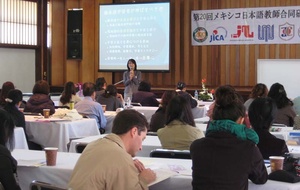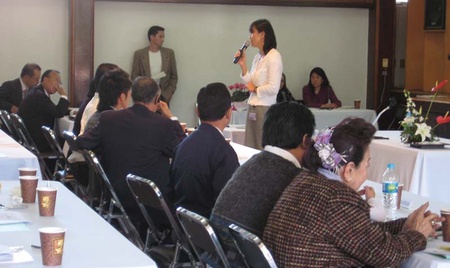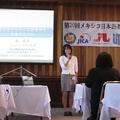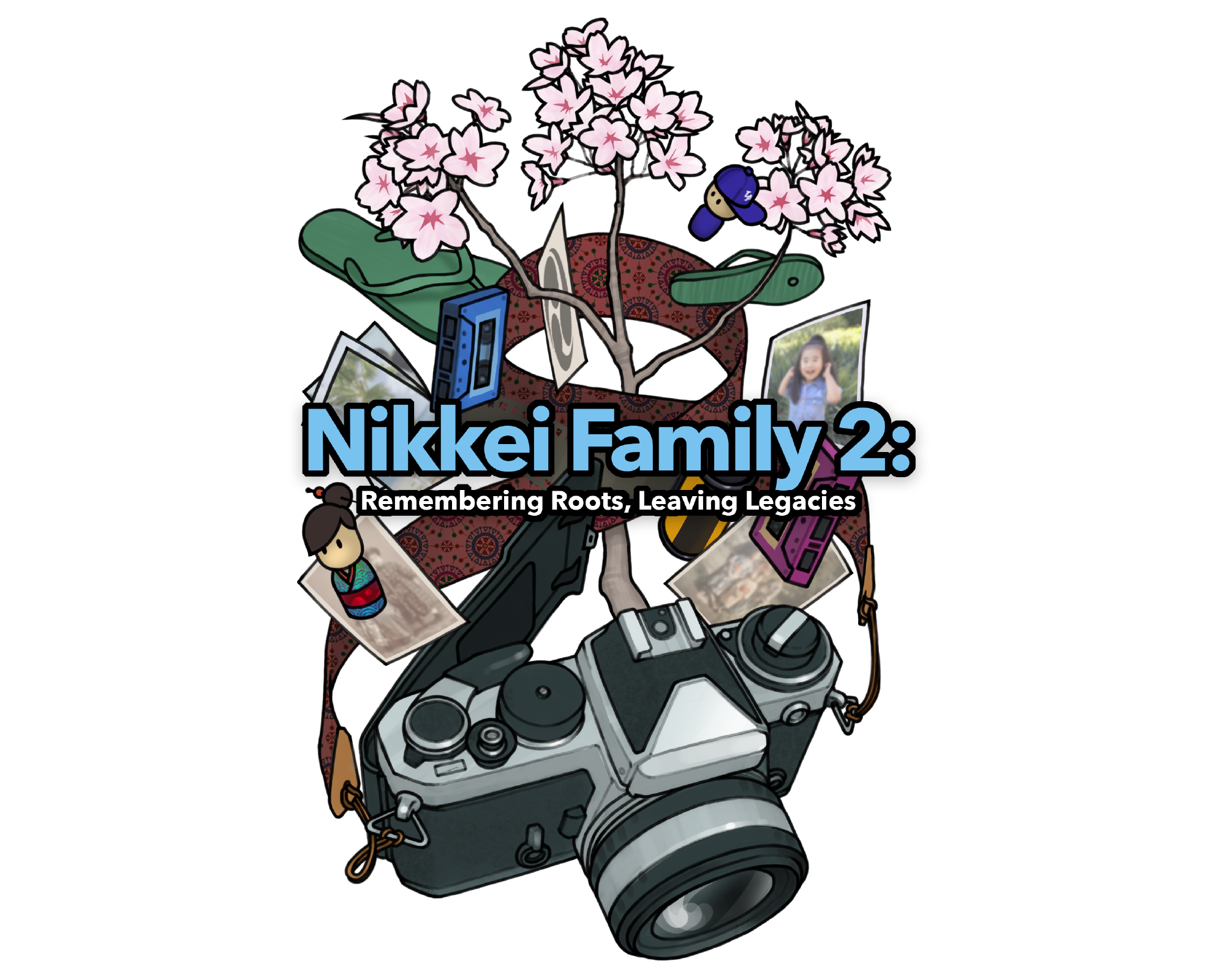Part 1>>
What makes children who grow up in a multilingual environment different from the first generation is that they are unique individuals who combine multiple languages and cultures.
Both languages and cultures, Japanese and Spanish, are a part of them. Therefore, it is unreasonable to view second and subsequent generations of children as having a binary identity, such as Japanese or Mexican, which is common among first generation children. I think that children who grow up in a multilingual environment need support to develop self-esteem as individuals with an identity that blends multiple languages and cultures.
It is said that in order to maintain and develop heritage languages, which tend to be overshadowed by the major languages of society if left unchecked, families, educational institutions, and heritage language communities must work together, with each playing their own distinct role.
The most important role of the family is, without a doubt, to create a solid foundation for a child's language development. This is because rich language experiences in infancy and early childhood are closely related to bilingual development after entering school. In order to create a foundation for a child's language development, it is necessary for parents to be actively involved with their child from infancy, when they are still unable to speak fluently in the language they are confident in. Daily actions such as talking to your child as much as possible, listening to them, enjoying word games and songs together, reading to them, and reading books together have great significance for young children.
Furthermore, in families where multiple languages are used, such as in international marriages, the principle of one person, one language is said to be effective. For example, if you create a language environment in which a different language is used consistently depending on the person and situation, such as always speaking Spanish with your mother and Japanese with your father, or Japanese at home and Spanish when out, it is said that children will be able to use multiple languages without getting confused.
The role of schools is to provide language education that cannot be provided at home. Developing language skills centered on reading and writing, and learning subjects based on a consistent curriculum are difficult for individual families to achieve, and are areas where school education excels. Children of the same age gather at school, where they study together, play, fight, compromise, and engage in a variety of interactions. I believe that meeting like-minded peers in a place other than home who share a similar language environment and building a place for themselves will be an invaluable asset for children.
The role of a community is to maintain vitality as a group. It is said that if a heritage language group is full of vitality and actively tries to pass on their language and culture to the next generation, people's sense of belonging will increase and children's heritage language will grow exponentially. Conversely, if a heritage language group lacks vitality and a sense of belonging is linked to feelings of inferiority, younger people will be acutely aware of this and will begin to reject the heritage language in order to assimilate into mainstream society.
Organizing various cultural activities, supporting heritage language education, and expanding networks with local and Japanese organizations not only strengthens the sense of connection among the people who belong to the group, but also revitalizes the group and contributes to the local community. I believe that becoming a highly regarded presence in the local area is the key to the development of a heritage language group.
During my visit to Mexico, I found that these three groups worked well together, each making a different contribution to Japanese-language education for the next generation.
I got the impression that they can speak Japanese and that the Japanese community is highly regarded in society, and I was also encouraged by the support for heritage language education from Japanese government agencies such as JICA. From my visit to the school, I could see that the teachers and other school staff are educating the children with conviction, and I was also encouraged by the high level of interest in language education shown by the parents who attended the lecture. Living in the United States, where there is a tendency to be somewhat dominated by English, I would like to learn more about the Japanese community in Mexico.
*This article is reprinted from Issue 155 of the Japan-Mexico Association ’s newsletter, “Boletin Informativo de la Asociación México Japonesa” (May 2012).
© 2012 Yoshiko Mori










